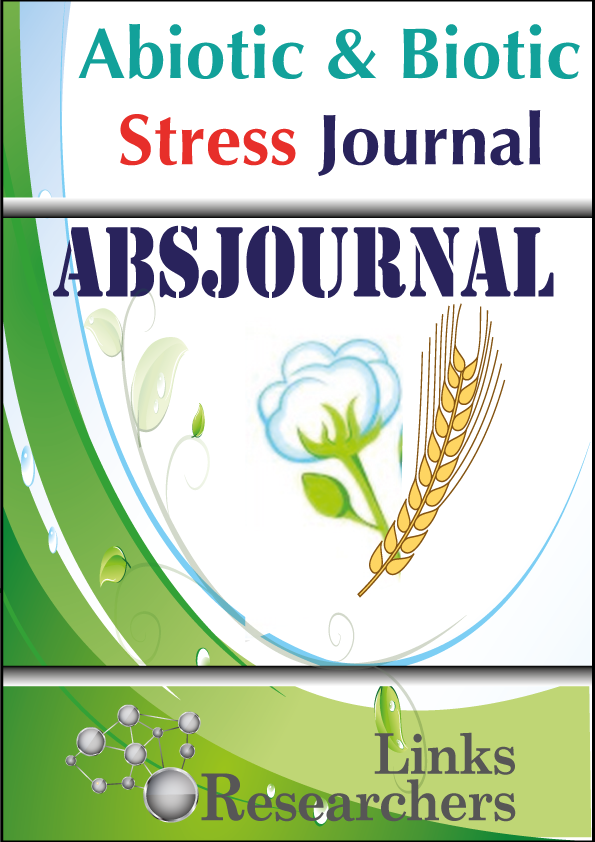Muhammad Shah Zaman1, Ghulam Muhammad Ali2, Aish Muhammad1, Khalid Farooq2, Iqbal Hussain1*
Luca Vitale
Muhammad Imran*, Munir Ahmad, Muhammad Naeem, Muhammad Farooq Nasir, Imran Bodlah, Muhammad Nasir and Umer Ayyaz Aslam Sheikh
John Gachohi, Simon Karanja, Salome Wanyoike, Nduhiu Gitahi, Salome Bukachi, Kenneth Ngure
Zamarud Shah, Safdar Hussain Shah, Asad Jan and Gul Shad Ali
1N. Johnson Singh, 2Amitava Konar and 3Palash Mondal
1S. A. Khan and 2S. Jha
S. Choudhury and S. Pal
Zabih Ullah*, H. Rahman and Niaz Muhammad
Muhammad Tariq*, Raja Muhammad Omer**, Muhammad Ashraf Mian*, Obaid Ur Rehman***, Amjad Tahir Virk and Kazim Abbass**
Fiaz Ahmad1, Mumtaz Hussain2, Ghulam Abbas1, Muhammad Jawad Asghar1 and Muhammad Rizwan3*
Muhammad Haroon Hullio1,4, Abdul Ghani Lanjar2, Abdul Rahman Dhuyo3, Imran Khattri4 and Agha Mushtaque Ahmed4*
Fan Shuli1*, Ameer Hussain Jarwar1,3, Xiaoyan Wang2, Long Wang1 and Qifeng Ma1
Sabahat Noor*1, Shaukat Ali1, Hafeez-ur-Rahman1, Farhatullah2 and Ghulam Muhammad Ali1
Umair Riaz1*, Muhammad Ali Kharal2, Ghulam Murtaza3, Qamar uz Zaman4, Sana Javaid4, Hina Ahmed Malik3, Humera Aziz3 and Zafar Abbas1
Muhammad Khuram Razzaq1,2*, Saeed Rauf1, Mohsin Khurshid3, Shahid Iqbal1,4, Javaid Akhter Bhat2, Ayaz Farzand5, Adeel Riaz1,6, Guangnan Xing2 and Junyi Gai2
Muneer Abbas1*, Muhammad Ramzan1, Niaz Hussain1, Abdul Ghaffar1, Khalid Hussain1, Sohail Abbas2 and Ali Raza3
Hala Rajab1, Muhammad Sayyar Khan1*, Safdar Hussain Shah1 and Syed Mehar Ali Shah2
Sibgha Noreen*, Sumrina Faiz, Muhammad Salim Akhter, Kausar Hussain Shah
Betül Ayça Dönmez, Sarbesh Das Dangol and Allah Bakhsh*
Nosheen Noor Elahi1, Muhammad Shafique1, Muhammad Imtiaz2, Umer Farooq3* and Muhammad Rashid1
Muhammad Medrar Hussain*, Asad Jan* and Sayyar Khan Kazi
K. Osei1† , A. I. Adama1 , E. C. Tagoe2 and J. Sackey-Asante1
Zubia Rahim1, Gulnaz Parveen1*, Salma Gul2 and Khushnood-ur-Rehman3
Ghulam Rabbani1, Uzma Javed1*, Javed Iqbal2, Ruqeah Mustafa3, Ghulam Shabbir2 and Fida Hassan Shah4
Muhammad Rizwan1*, Jehanzeb Farooq1, Muhammad Farooq1,2, Aqeel Sarwar4, Abid Ali3, Farrukh Ilahi1, Muhammad Asif1 and Ghulam Sarwar1
Inam Ul Haq1*, Humara Umar2, Naeem Akhtar3, Muhammad Azhar Iqbal2 and Muhammad Ijaz1
Javed Anwar Shah1, Azhar Iqbal1, Muhammad Tariq Mahmood2, Muhammad Aslam3, Muneer Abbas4 and Ilyas Ahmad5*
Muhammad Zubair Ishaq1, Umar Farooq1, Muhammad Asim Bhutta2*, Saghir Ahmad2, Amna Bibi2, Hafeez UR Rehman3, Umar Farooq3, Javaria Ashraf4 and Samaria Nisar4
Aiman Amur1*, Nasreen Memon1, Pervaiz Khan2 and Fozia Gull3
Mahmoud M.A.Youssef and Wafaa M. A. El-Nagdi
Muhammad Rizwan, Abu Bakar Muhammad Raza, Muhammad Zeeshan Majeed*, Muhammad Arshad













